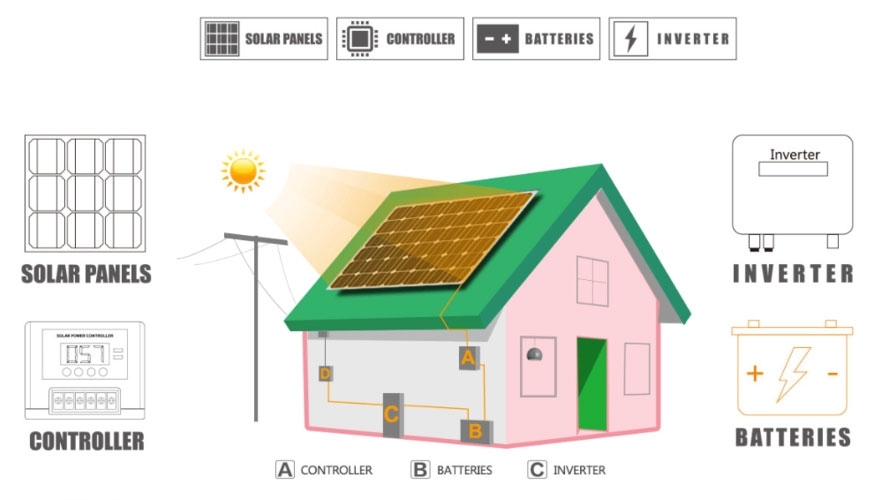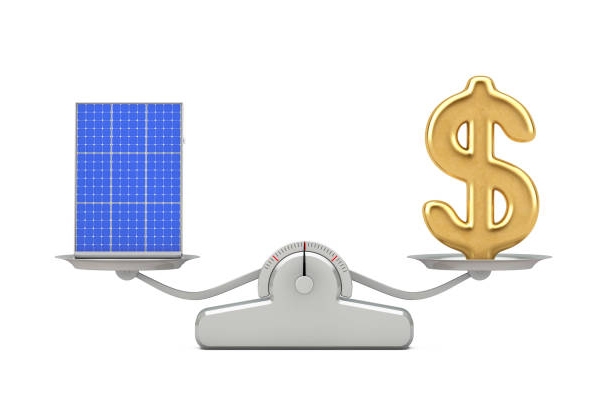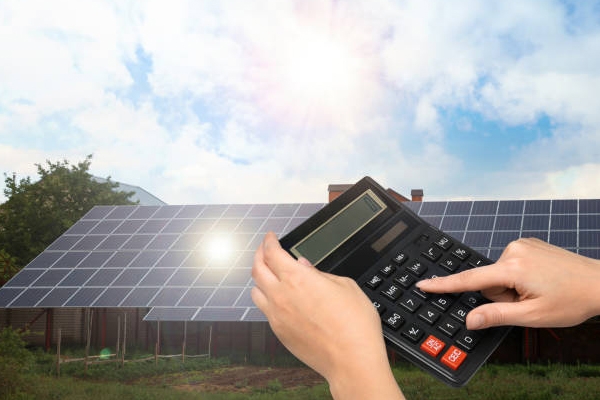Going solar is an exciting prospect, but many consumers are learning as they go. With the speed of learning comes mistakes, but it is from these mistakes that users learn more about solar panels. To help customers better understand the process, it is important to emphasize that the need for solar panels is not based on the size of your home, but on how much electricity you use each month.
Understanding Electricity Demand
For example, two families can live in the same sized home, but their electricity needs differ. For example, the kids in Family A like to leave the lights on and play games all day, while both parents work from home. This family uses more electricity than Family B, whose members are either in school or at work all day, not to mention attending extracurricular activities and PTA events. Family A's electricity bill is twice as high as Family B's.
That's why electric companies never charge you based on the size of your home. They charge based on the amount of electricity you use. The same applies to solar systems. Understanding this is critical because it directly affects the design and cost of the solar system.
Solar Education: POWERHOME Teaches You the Basics of Going Solar
Due to varying utilization rates, giving any customer an average cost is difficult, as consumer needs and circumstances can vary widely. This issue raises a series of questions that powerhome online shop needs to ask our customers:
- How much of your current electricity usage from the power company would you like your solar panels to offset?
- What has your electricity bill been in the last 12 months?
- Where on your roof would you like the solar panels to be installed, or would you prefer them to be ground-mounted?
- Are there trees or other objects shading your home that make it unfavorable for solar power?

As you can see, everyone's situation is unique, so it's impossible to provide an average cost, as everyone's idea of "average" is different.
Understanding your household's electricity usage is the first step in designing a solar system. By analyzing your electric bill from the past year, you can get an idea of your household's average monthly electricity usage. Typically, a 2,500-square-foot home uses between 10,000 and 15,000 kilowatt-hours (kWh) per year. However, the exact amount of electricity used will vary depending on the habits and appliance usage of the family members.
Solar System Design
Rooftop vs. Ground Mount: Depending on the structure of the home and its surroundings, solar panels can be mounted on the roof or on the ground. Roof mounting is usually suitable for homes without large open spaces, while ground mounting is suitable for homes with spacious yards. With either type of installation, you need to make sure that the solar panels get plenty of sunlight and avoid shading.
Impact of Shading: Trees, buildings, and other shading can affect the efficiency of solar panels. Therefore, when designing a solar energy system, you need to assess the surroundings of the home to ensure that the panels are maximizing sunlight exposure. For homes with shade, consider trimming trees or choosing a different mounting location to improve the system's power generation efficiency.
Cost Components of a Solar System
The cost of a solar energy system is made up of the following main components:
- Solar Panel: This is the core component of a solar system and the price varies depending on the type and power of the solar photovoltaic panels.
- Inverter: A good inverter for home that converts DC power to AC power and is an integral part of the system.
- Installation Costs: Includes the cost of brackets, cables, and labor.
- Permit and Inspection Costs: Installation of a solar system requires a permit from the relevant authorities and the necessary inspections.
- Maintenance Costs: Although solar systems are low maintenance, they still require regular inspection and cleaning.

According to market data, the cost of installing a solar energy system for a 2,500-square-foot home ranges from approximately $10,000 to $30,000. The variation in this range depends largely on the size of the system, the choice of components, and the complexity of the installation.
Federal and State Incentives
To encourage the use of renewable energy, federal and state governments offer a range of incentives, such as tax credits and subsidies. In the U.S., federal tax credits can offset up to 26% of the cost of a system. Some states also offer additional subsidies and incentives that can significantly reduce the initial investment cost of a system.

Return on Investment and Economic Efficiency
Electricity Savings: When a solar system is installed, a home can save money on its electricity bill by significantly reducing the amount of electricity purchased from the grid. Depending on the amount of electricity used and the size of the system, electric bill savings can range from hundreds to thousands of dollars per year. For a 2,500-square-foot home, the average annual electric bill savings is between $1,000 and $2,000.
Return on Investment: Solar systems typically have a return on investment (ROI) of between 10 and 20 percent. Depending on the initial cost of the system and the electricity savings, the payback period is typically between 5 and 10 years. Considering that solar panels typically have a lifespan of more than 25 years, systems can continue to produce a net benefit beyond the payback period.
Environmental Benefits: Going solar can significantly reduce a home's carbon footprint and reduce dependence on fossil fuels. A typical home solar system can reduce carbon dioxide emissions by several tons per year, the environmental equivalent of planting hundreds of trees.
Practical Case Studies
Case 1: Family A
Family A lives in a 2,500-square-foot home with an average annual electricity consumption of 12,000 kWh. Based on their electricity needs, a 5 kW solar system was designed at $15,000. After utilizing federal tax credits, the actual cost paid was $11,100. After installation, Family A saved approximately $1,500 per year on their electric bill with a payback period of 7.4 years.
Case 2: Family B
Family B has the same 2,500-square-foot home, but with fewer members, it uses an average of 8,000 kWh of electricity per year. A 3.5 kW solar system is designed at $10,500. After utilizing federal tax credits, the actual cost paid was $7,770. After installation, Home B saved approximately $1,000 per year on its electric bill with a payback period of 7.8 years.

The average cost of solar for a 2,500-square-foot home varies depending on some factors, including the home's electricity needs, installation location, shading conditions, and incentive utilization. Through detailed evaluation and design, the most appropriate solar system can be tailored to each home, maximizing its economic and environmental benefits.
Solar energy is not only the energy of the future, it is also the ideal solution for realizing both economic and environmental benefits today. If you are interested in solar energy system, please consult a professional solar energy company that will provide you with a comprehensive assessment and personalized design plan to help you make better use of solar energy resources and achieve home energy self-sufficiency. Take action now and start your green energy journey!
(1).png)
(1).png)